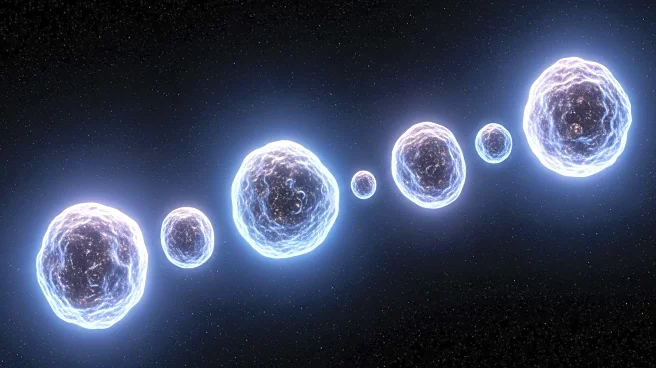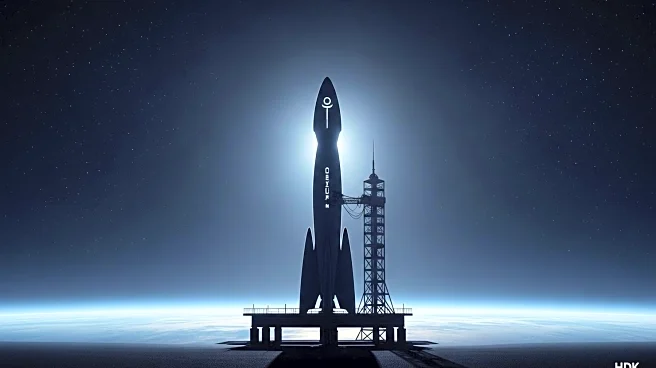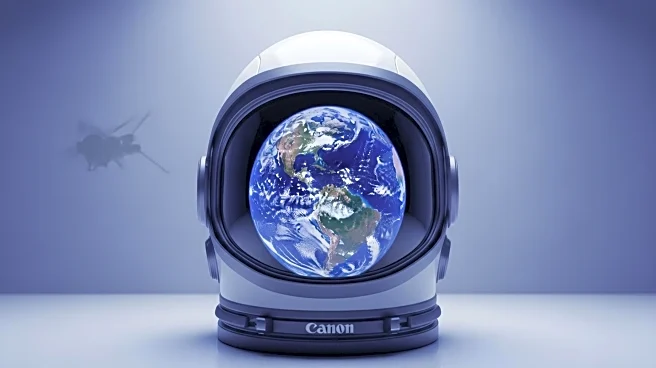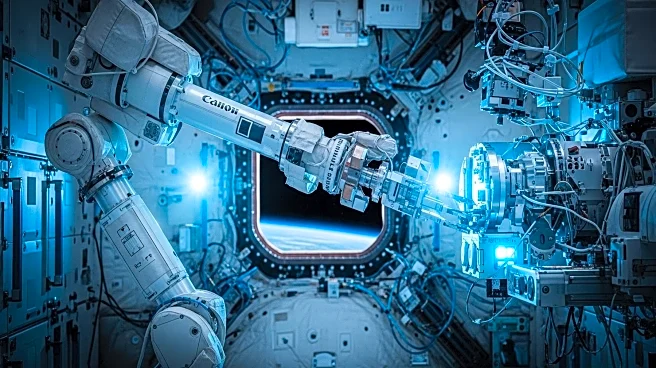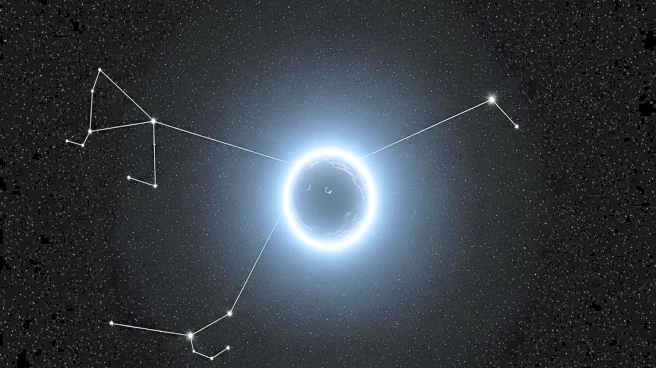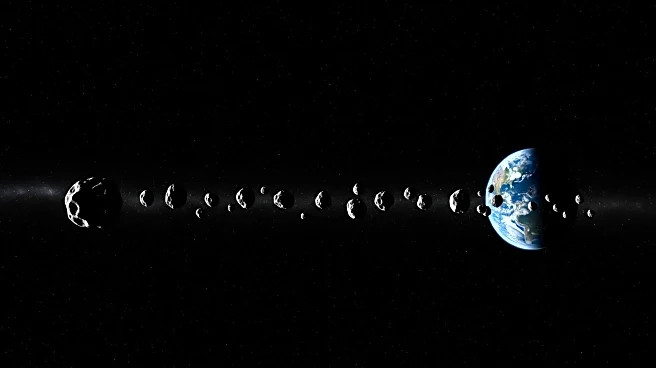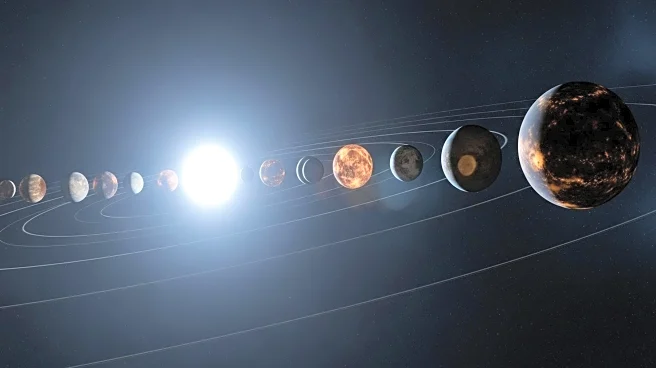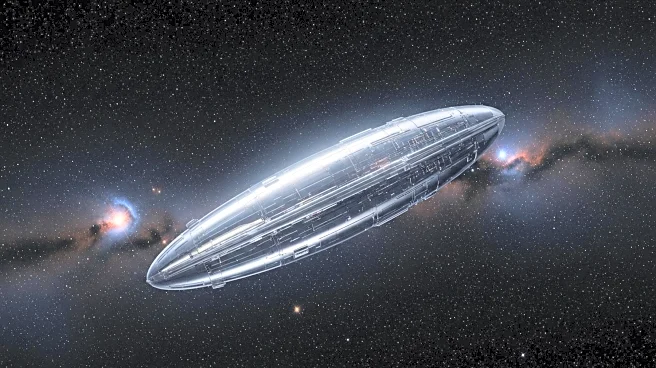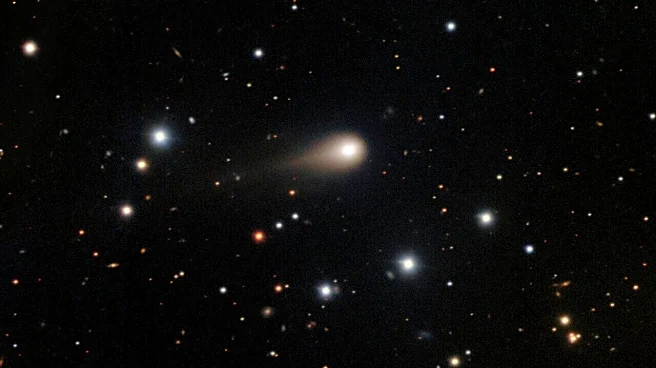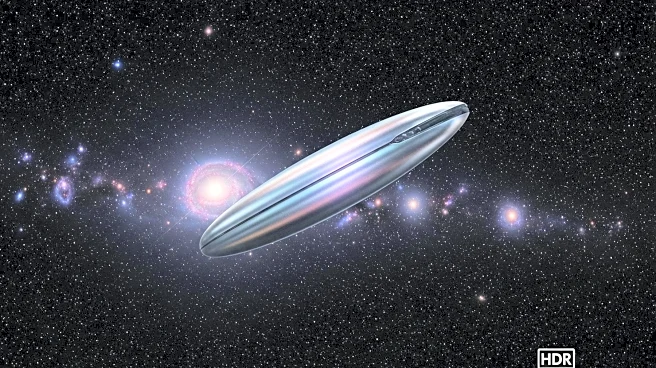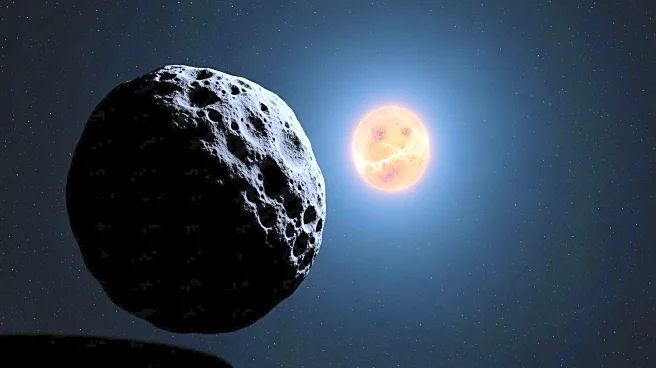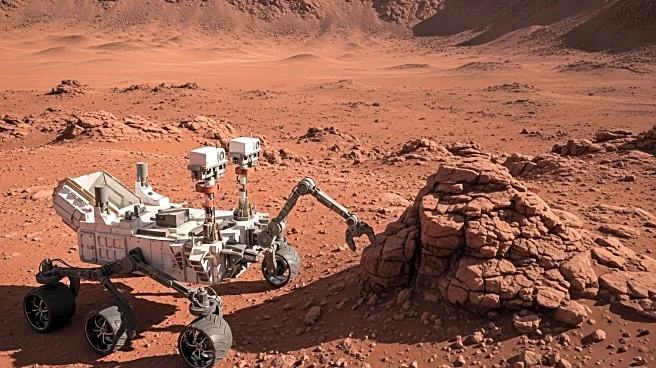What is the story about?
What's Happening?
The asteroid belt, located between Mars and Jupiter, is slowly vanishing due to gravitational influences and collisions. Researchers led by Julio Fernández from Universidad de la Republica in Uruguay have estimated that the belt is losing about 0.0088% of its mass every million years. This depletion is primarily due to smaller asteroids being involved in frequent collisions and dynamical ejections. Over the past 4.6 billion years, Jupiter's gravitational resonances have shaped the belt, causing some asteroids to be flung towards the inner solar system or outward towards Jupiter's orbit. The study suggests that 3.5 billion years ago, the belt contained 50% more mass, correlating with a more intense impact rate on Earth and the Moon.
Why It's Important?
The gradual disappearance of the asteroid belt has significant implications for Earth's future. As asteroids are ejected from the belt, they occasionally cross Earth's orbit, potentially impacting the planet. The study provides insights into the rate at which space rocks are ejected, helping scientists understand Earth's impact history. Additionally, the loss of mass in the asteroid belt contributes to the formation of meteoritic dust in the zodiacal cloud, affecting the inner solar system's environment. Understanding these dynamics is crucial for predicting future asteroid impacts and assessing risks to Earth.
What's Next?
The study highlights the need for continued monitoring of the asteroid belt's depletion rate and its impact on Earth. Researchers may focus on developing strategies to mitigate potential asteroid impacts and explore the long-term effects of the belt's disappearance on the solar system. As the belt continues to lose mass, scientists will likely investigate the implications for planetary formation and the evolution of the solar system.
Beyond the Headlines
The study raises ethical and scientific questions about humanity's preparedness for potential asteroid impacts. It underscores the importance of international collaboration in space research and the development of technologies to detect and deflect asteroids. The findings also contribute to the broader understanding of planetary science and the dynamic processes shaping the solar system.
AI Generated Content
Do you find this article useful?
